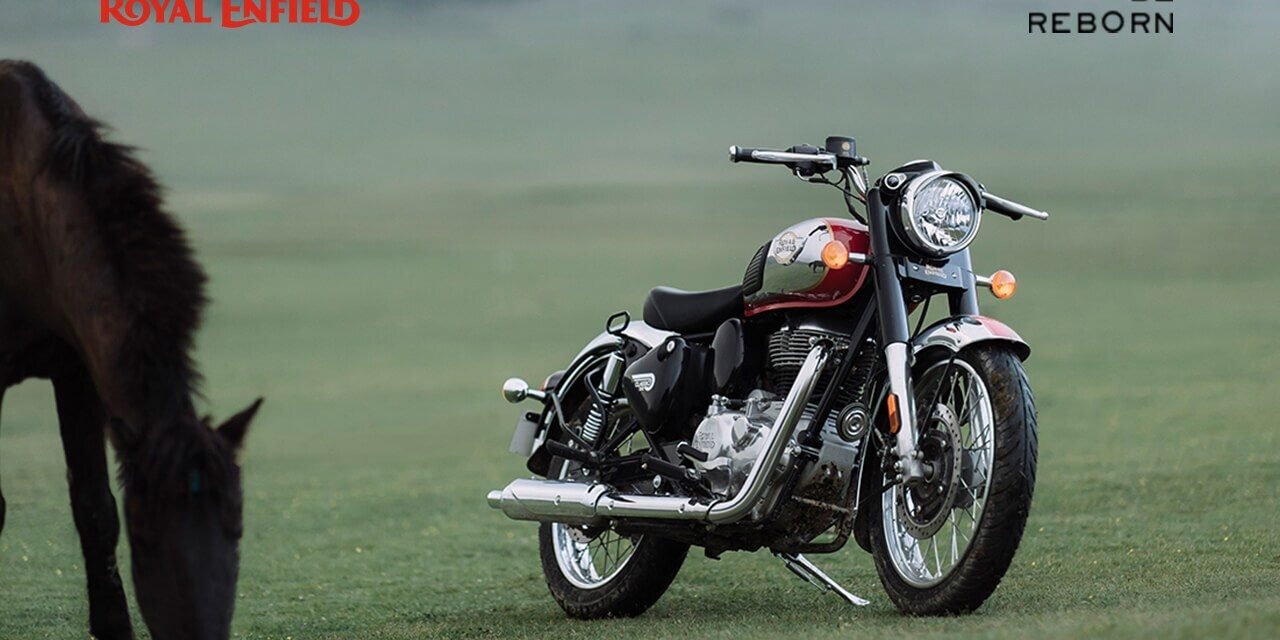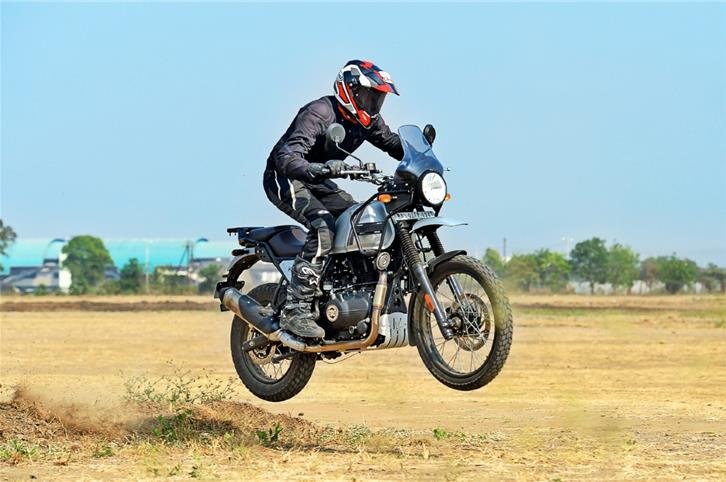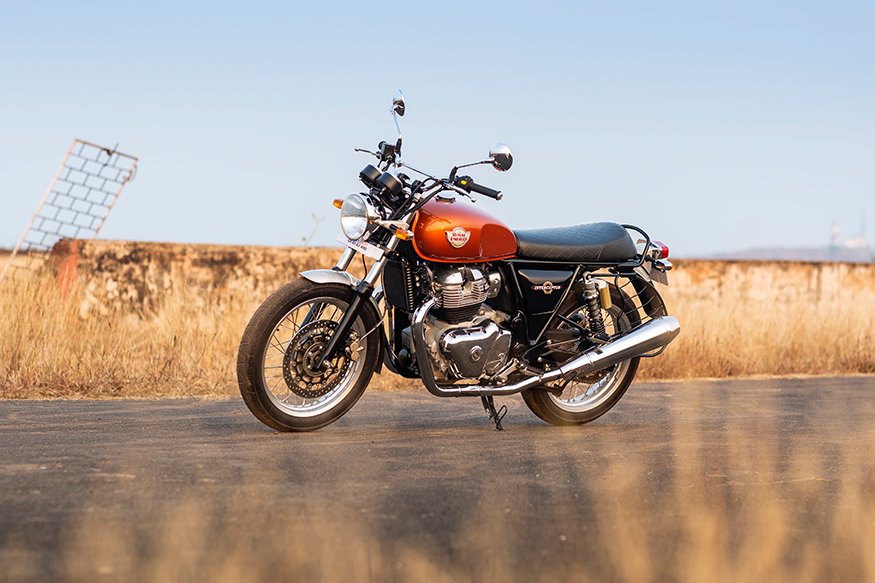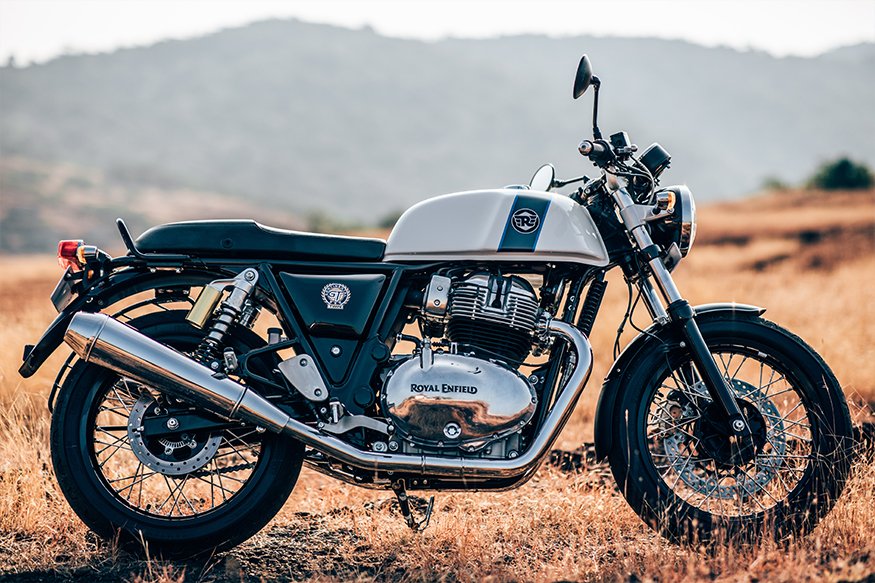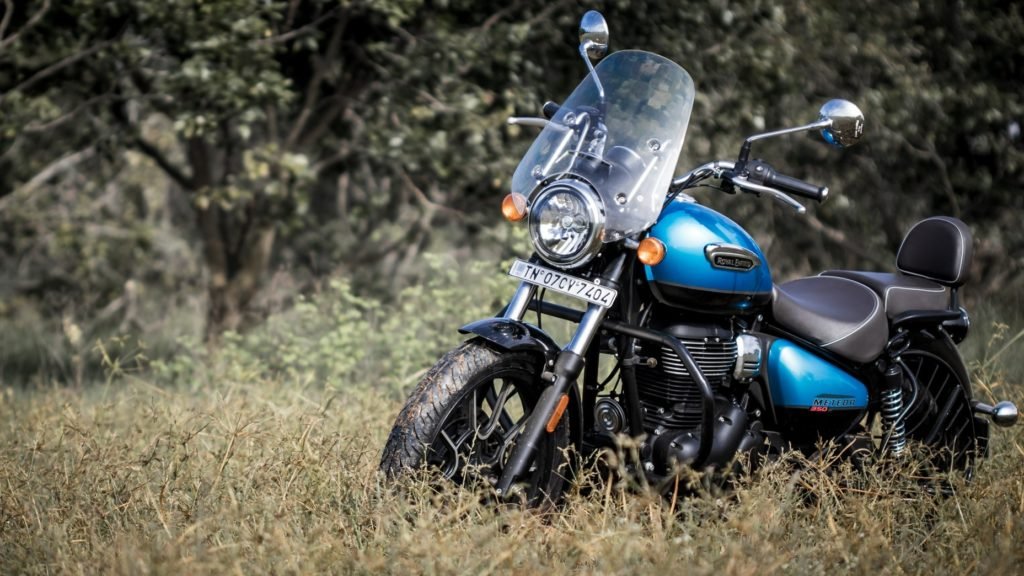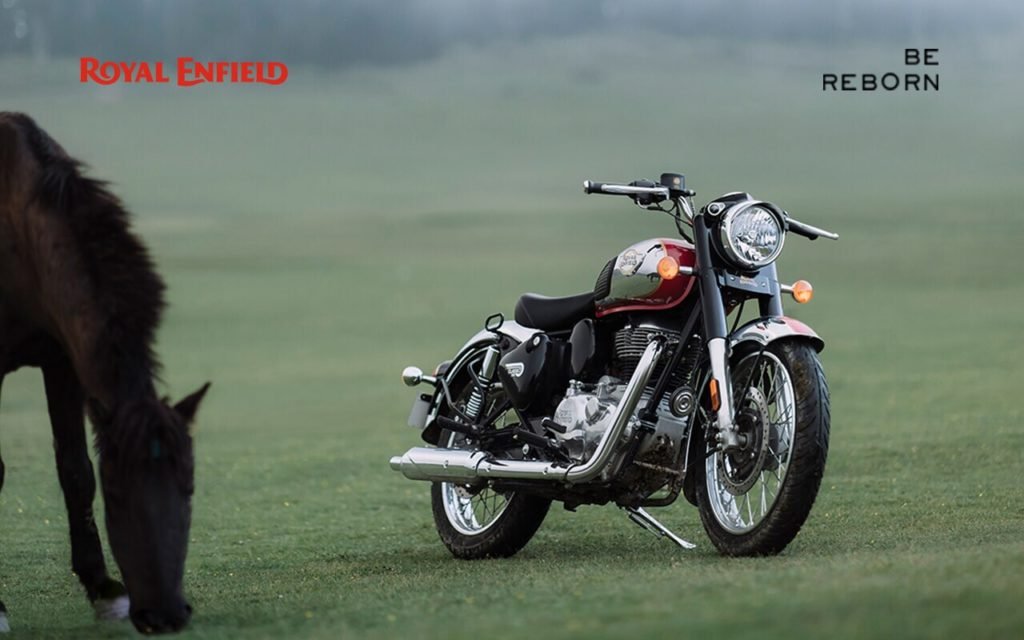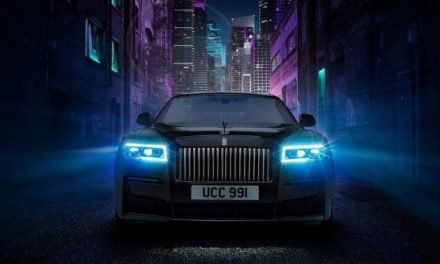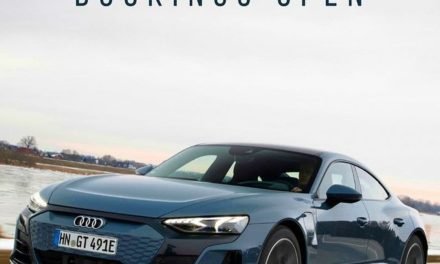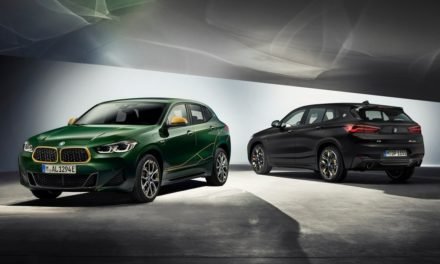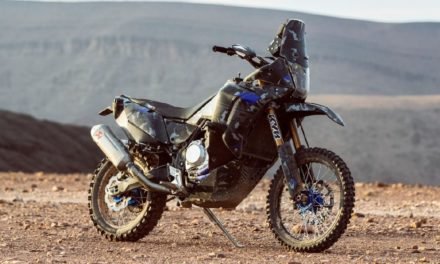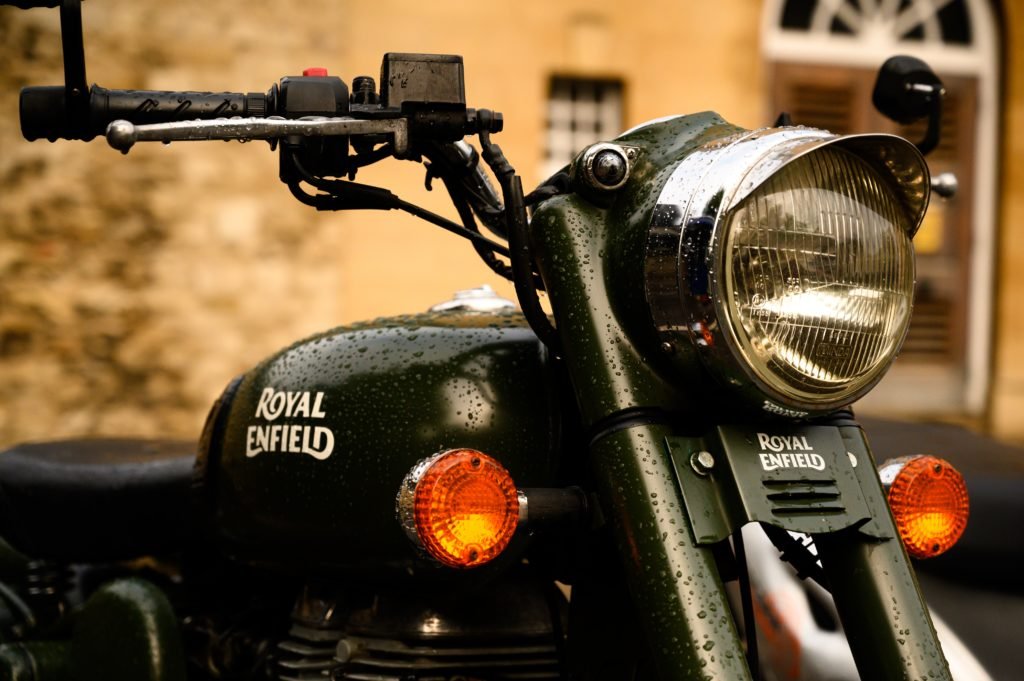
About:
Royal Enfield’s motorcycles are a literal embodiment of nostalgia. The brand has made a huge impact on bikers thanks to the Bullet’s iconic design and the distinctive exhaust note of the older cast-iron motorcycles. Here’s how the once-British bikemaker has gone from selling a product in India to selling an idea:
The iconic Bullet paves the way to India
K. R. Sundaram Iyer was a businessman from the small town of Tirunelveli, Tamil Nadu. In 1949, he opened up Madras Motors in what is now called Chennai to deal with bicycles and motorcycles imported from the UK. The company also imported Royal Enfield bikes back in the day. It was business as usual in the following years until one day, in 1952, the company hit the motherlode of an order – 500 Royal Enfield Bullet 350 bikes for the Indian Army. In its time, the Bullet 350 was well-known to be reliable under diverse riding conditions.
Understandably, there was a healthy demand too, and this led to the brand partnering with Madras Motors to form ‘Enfield India’ in 1955. The brand built a factory in Chennai and by the following year, it began assembling Bullets in the country under licence. By 1962, the brand started completely manufacturing the Bullet 350 motorcycles at its plant in Chennai. The venerable Bullet 350’s demand reached new heights globally and Enfield India reached a full circle as it began exporting motorcycles to the UK itself in 1977. Even the Indian Army loved the iconic Bullet and ordered fleets regularly from time to time. You can see some of the bikes ply on the roads even today.
Twelve years later, in 1989, the brand introduced the Bullet 500 boasting of a bigger engine and more power. But as Enfield India neared the 90s, it realised its motorcycles lacked the fuel efficiency of its Japanese rivals and hence launched the world’s first mass-manufactured diesel motorcycle, the Enfield Diesel in 1993. It was powered by a 325cc single-cylinder diesel engine plonked into a Bullet 350 chassis. Although it offered an incredible fuel efficiency of 80kmpl, the inherently clunky nature of the diesel engine and pollution constraints killed the motorcycle eventually.
The Eicher connect:
Enfield India clung to the past with its big, heavy, vintage-looking motorcycles when the market moved on to lighter, more fuel efficient and (sometimes) more powerful two-wheelers. Sure, the Bullet still had a certain aura of ‘Royalty’ to it. However, unlike developed markets abroad – where motorcycles were treated more as a leisure commodity – the Indian market still treated them as crucial, affordable means of transportation. Soon, Enfield’s popularity fizzled out amidst bikes from brands like Hero Honda, Kawasaki Bajaj and TVS Suzuki. Enfield India was in its death throes, but then in 1994, a 46-year-old Indian tractor and commercial vehicles manufacturer, Eicher Group, acquired the ailing brand. The company renamed Enfield India to Royal Enfield Motors Limited.
Royal Enfield realised that in order to make any kind of impact in the new competitive two-wheeler world, it had to have superior technical expertise. So it teamed up with Austria-based powertrain manufacturer AVL to make engines for its portfolio. That’s how the AVL lean-burn engine was born in 1999. This alloy powertrain was considerably lighter than the old cast-iron block and improved the reliability of the Royal Enfield’s motorcycles as well.
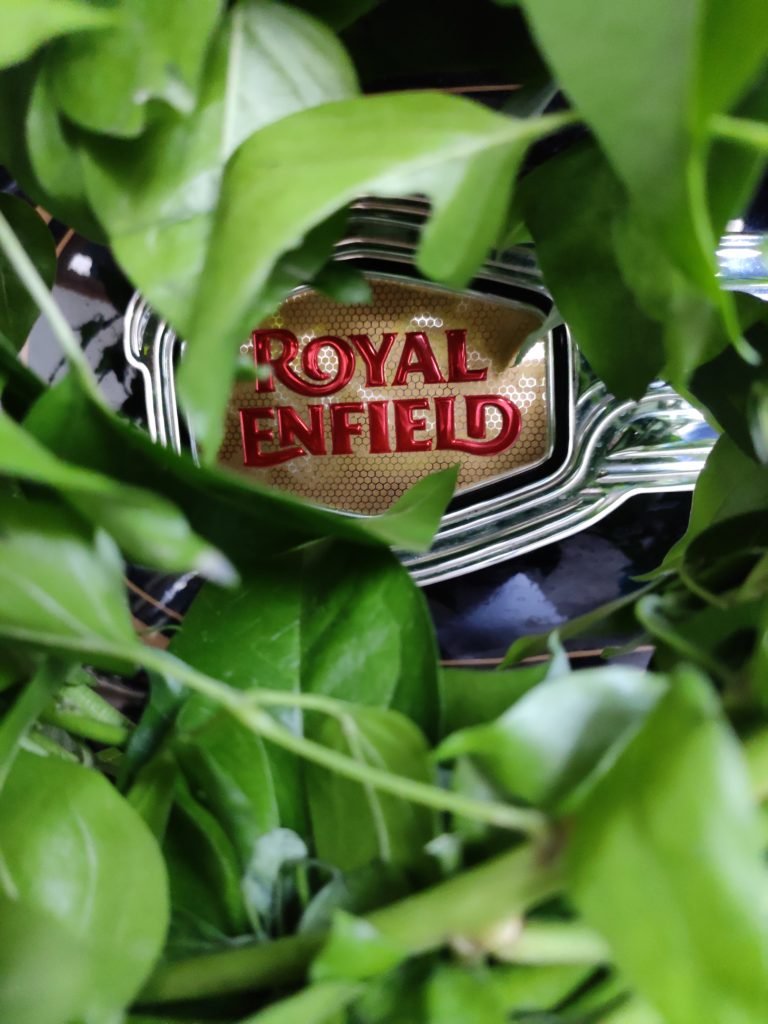
An adrenaline shot to the heart:
Despite such technological updates, Royal Enfield still couldn’t crack the market flooded with affordable, reliable alternatives. A year later, Siddhartha Lal, the son of Eicher Motors’ Managing Director took the reins of the company as the CEO. The young businessman had the gargantuan task of putting a century-old company back into the limelight in a market that has undergone a complete metamorphosis. Recalling an interaction by Economic Times with Siddhartha Lal, he reportedly had to take a call on major decisions that could make or break a company. In 2004, he is said to have divested 13 out of 15 businesses in various sectors which Eicher Motors was in. He channelled all the finances and other resources to Royal Enfield in a bid to make the company great again.
The decision paid off spectacularly well as the brand introduced an all-new Unit Construction Engine (UCE) in 2007. The following year witnessed the birth of an all-new motorcycle to take on the world, called the Classic 500. It was a crucial motorcycle in many ways. It featured a completely new design language which was beautifully retro and complemented the modern fuel-injected, air-cooled 499cc UCE engine.
The motorcycle was launched abroad first and then in 2008, the Classic 500 and 350 were introduced in India. It did have its own set of niggles like vibrations and reliability issues but people fell in love with the bike’s design so much that they readily forgave all the not-so-good aspects of the motorcycle. The Classic range carved its name in history as Royal Enfield’s golden goose, raking up millions of sales till date. It exemplified the idea that being old-school wasn’t necessarily a bad thing. It gave a whole new meaning to the phrase “Pure Motorcycling”.
Royal Enfield succeeded in making use of its reputation of being in the past to its advantage. This, coupled with the brand’s strong roots in the motorcycling community, also cemented the bikemaker’s position as a niche yet popular player in the modern motorcycle market. Customers weren’t just looking to buy a motorcycle, they were looking to buy a Classic. It simply had no other alternatives at the time.
Later, Royal Enfield, realising the potential of the adventure touring segment in India, launched the Himalayan which featured an all-new engine developed from the ground up. The bikemaker finally gave the enthusiasts a proper Royal Enfield to complete their trip to the Mecca of Motorcycling. However, the Himalayan was mired in controversy over its alleged build quality. That said, Royal Enfield rectified most of it when the motorcycle was updated with fuel injection to comply with BS4-emission norms.
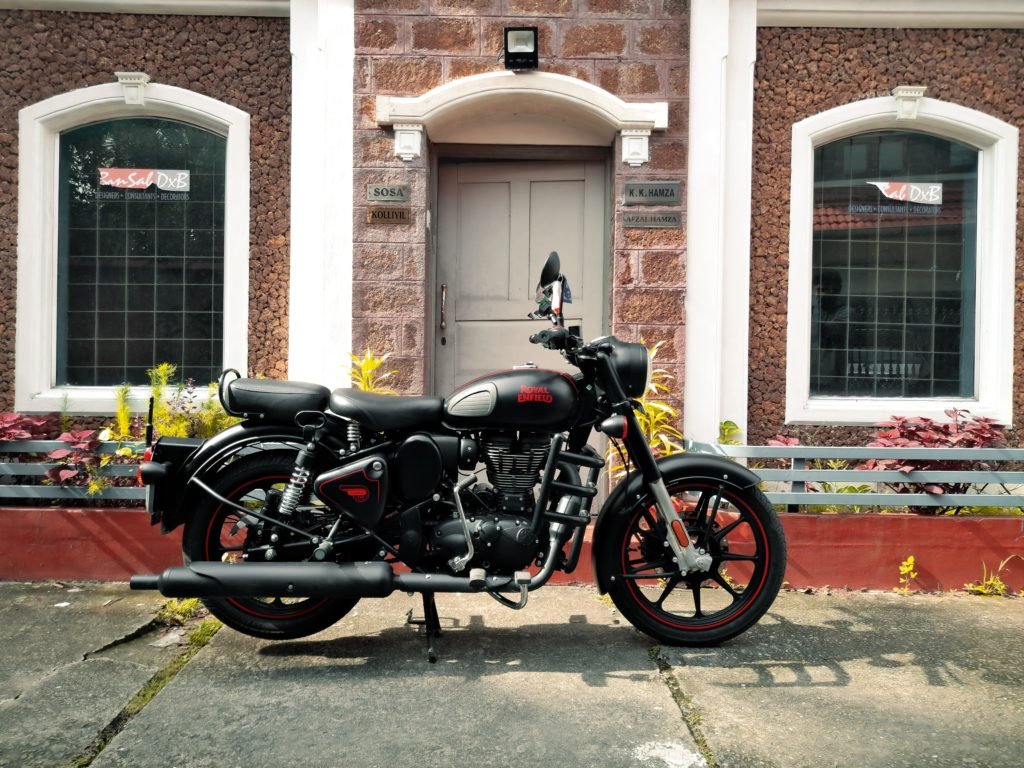
Foray into the big-bike segment
Royal Enfield realised that none of its current motorcycles was properly worthy enough to ply on the high-speed highways of developed countries. It needed something much more powerful than its half-litre bikes and thus the 650cc parallel twin engine was developed. A beginner-friendly A2 license-compliant engine was necessary because there’s a huge untapped potential in the beginner bike segment in the European and US markets.
The products which were based on the 650 twin platform – the Interceptor 650 and the Continental GT 650 – have a good balance of user-friendly power delivery and usable performance – something beginner riders will appreciate very much. The motorcycle made their debut at the 2017 EICMA show, followed by its launch in India in the following year. It became an instant hit in the country because of its mouth-watering price of just Rs 2.5 lakh (ex-showroom Delhi). The 650 twins are currently India’s most affordable parallel twin big bikes. Its sheer value for money reflected in the bikes’ sales tally too.
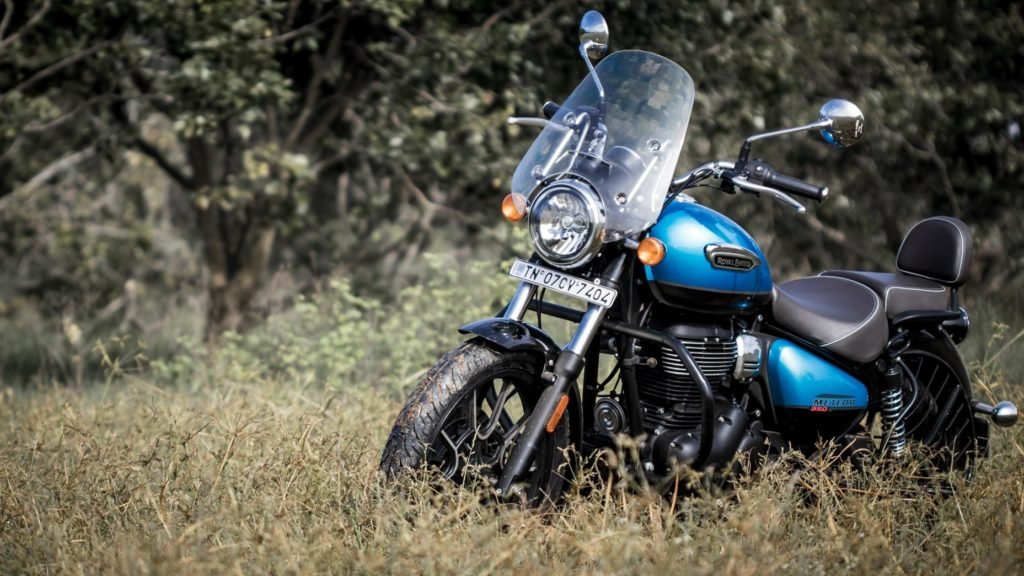
Into The Future
The 2020 Royal Enfield Classic 350 and Thunderbird 350 are currently in the works. Recent spy shots reveal some really interesting and crucial details about the kind of powerplant it would pack. The first bike to be launched from the “J-platform” is the Royal Enfield Meteor 350. Royal Enfield also became the first Indian brand to launch riding gear exclusively for female riders.
Royal Enfield Price List 2021 (India)
| MODEL | EX-SHOWROOM PRICE |
|---|---|
| Classic 350 | Rs. 1.84 – 2.15 Lakh |
| Bullet 350 | Rs. 1.38 – 1.60 Lakh |
| Himalayan | Rs. 2.10 – 2.17 Lakh |
| Meteor 350 | Rs. 1.98 – 2.14 Lakh |
| Continental GT 650 | Rs. 2.98 – 3.20 Lakh |
